May 14, 2025 | 08:25 GMT +7
May 14, 2025 | 08:25 GMT +7
Hotline: 0913.378.918
May 14, 2025 | 08:25 GMT +7
Hotline: 0913.378.918
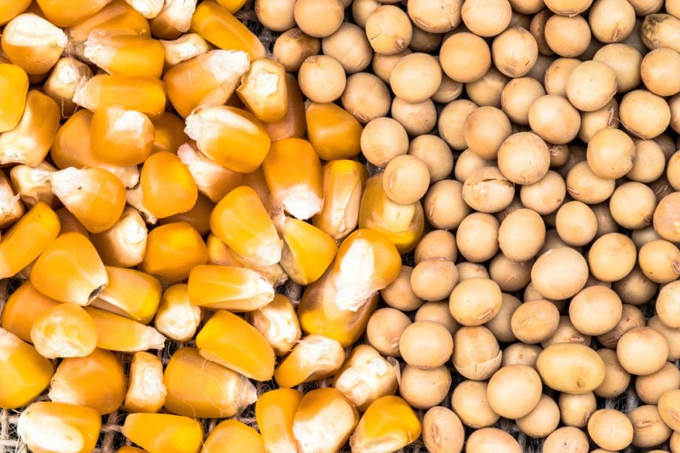
Corn and soybeans account for about one-fourth of total US agricultural export value.
US corn and soybean exports to China could drop dramatically if a 60% tariff on Chinese goods being considered by US President-elect Donald Trump is implemented, according to a study released by the National Corn Growers Association (NCGA) and American Soybean Association (ASA).
The associations asked the World Agricultural Economic and Environmental Services to evaluate the impact a trade war would have on soybeans and corn, noting tariffs implemented during Trump’s first tenure as president from 2016-2020 led to retaliatory tariffs on numerous US products, including many agricultural and food products. The measure led to a significant reduction in agricultural exports to those nations.
If China cancels its current waiver (from the 2020 Phase I agreement) and reverts to tariffs already on the books, US soybean exports to China would, according to the study, fall 14 million to 16 million tonnes annually, an average decline of nearly 52% from baseline levels expected for those years. US corn exports to China would fall about 2.2 million tonnes annually, an average decline of 84% from the baseline expectation.
The study also found that even if US exports are shifted to other markets, the 60% tariff would contribute to a 13-cents-per-bushel drop in the price of corn. In the scenario, US corn farmers would lose $1.4 billion in annual production value, while farmers in South America would benefit with expanded markets for their corn, higher prices, and increased value of production, the study concluded.
“This burden of a tariff on US corn and other agriculture products is not limited to US farmers who lose market share and production value,” the NCGA said in its fourth quarter Economic Update. “The impact ripples across the US, particularly in rural economies where farmers live, purchase inputs, utilize farm and personal services, and purchase household goods.”
China and the United States signed a Phase I Agreement in January 2020 which helped end the trade war that started in 2018. Part of the agreement stipulated China would purchase $80 billion of US agricultural goods in 2020 and 2021, resulting in dramatic increases in Chinese purchases during that time.
Corn and soybeans account for about one-fourth of total US agricultural export value.
“The US agriculture sector is going through a significant economic downturn,” said Scott Gerlt, chief economist at the ASA. “This work shows that a trade war would easily compound the adverse conditions that are placing financial stress on farmers. Even when a trade war officially ends, the loss of market share can be permanent.”
(WG)
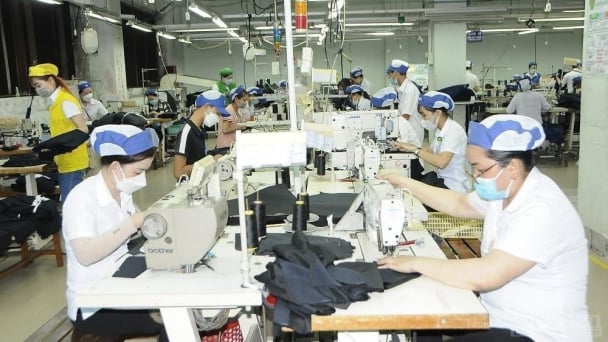
(VAN) U.S. tariffs are not only a 'shock', but also an opportunity for Vietnamese businesses to renew their mindset toward comprehensive development.

(VAN) As Bac Giang lychee enters the harvest season, Minister Do Duc Duy expects that the fruit will contribute greatly to agricultural exports due to standardized production and deep processing.
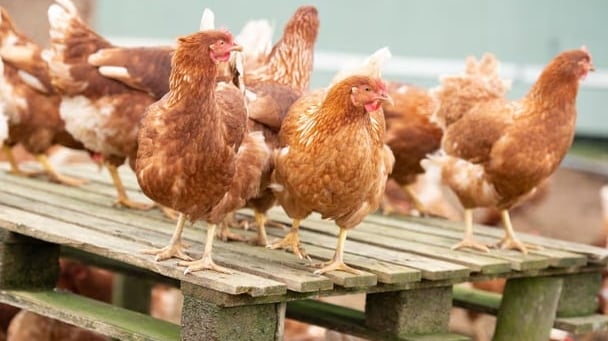
(VAN) Consumers have shown a preference for free-range eggs, but those farming systems are more vulnerable to biosecurity risks like bird flu.
/2025/05/09/5701-1-184335_301.jpg)
(VAN) Vietnam’s eel exports nearly doubled thanks to a mud-free farming model, opening up new prospects while still facing numerous barriers related to international standards.

(VAN) Minister Do Duc Duy warned that if production is not professionalized and supply chains are not transparent, the U.S. market could become a growth bottleneck.
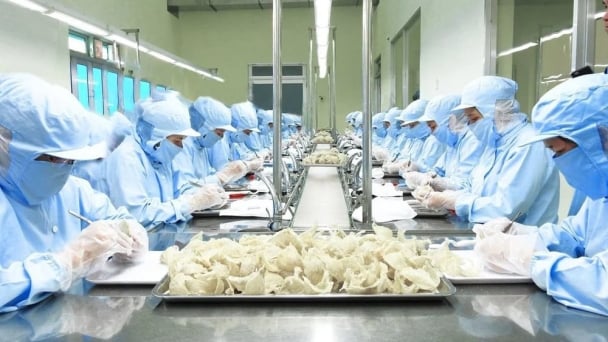
(VAN) Delegating surveillance responsibilities to local authorities is a cost-saving and efficiency-boosting measure that removes a key bottleneck for enterprises, according to Director General Duong Tat Thang.
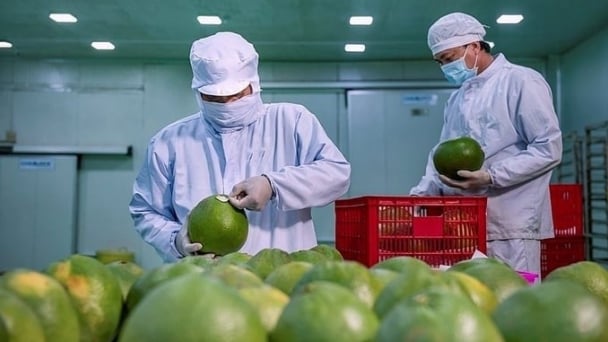
(VAN) Australia's final report on biosecurity has just been released, contributing to expanding the market for Vietnam's fruit with an output of nearly 1 million tons.